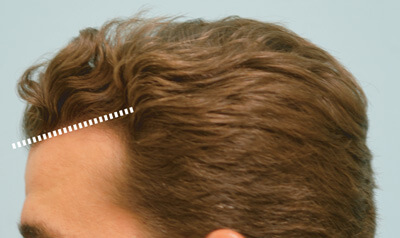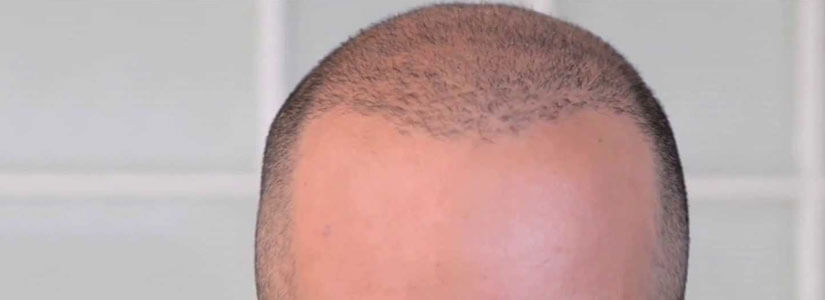Is it possible to have a scar-free hair transplant?
September 18, 2018

Hair Transplant has been around for many decades. Due to the increasing demand for surgical hair restoration, surgeons have been continuously trying to improve it. FUE hair restoration is a modern technique used for extraction of donor’s hair for the purpose of hair transplant. Follicular Unit Extraction has seen many improvements over the last few years and is now one of the finest techniques for natural hairline creation. Here, we will explain some basic features of FUE hair restoration for natural hairline creation and some latest improvements in this procedure.
Follicular Unit Extraction (FUE) is a technique in which donor hair follicles are extracted directly from the donor area using a specially designed tool. These extracted donor hair follicles are then transplanted into the recipient area, the areas with baldness or hair thinning signs. This creates a natural looking hairline and adds density to the areas of thinning.
FUE is often compared to the traditional strip method Transplant, aka Follicular Unit Transplant (FUT). The latter involves excising a hair-bearing strip-like portion of scalp from the back of the head. Technicians dissect this strip under a powerful microscope to separate individual grafts for plantation.
In FUE procedure, the surgeon extracts hair follicles one by one. He uses a specially designed punch tool (one millimeter or less in diameter) to extract hair follicles individually from the donor area. This method does not need to excise a strip of scalp from the donor area. Prior to follicle extraction, the surgeon shaves the donor area so that he can see the scalp clearly and extract hair follicles easily.
FUE extraction method causes tiny pinhole scars at the donor area. These scars are not only small in size but have light color as well and are thus not visible even with short hairs.
Generally speaking, anyone who is bothered by a bald scalp and seeking a minimally invasive hair transplant technique can benefit from FUE hair restoration. However, due to its certain notable features, it is especially recommended to the following individuals:
Following features distinguish FUE from other methods
FUE hair restoration is generally concerned with the graft extraction only and has nothing to do with the plantation phase. Once, the desired number of follicles has been extracted and the grafts have been prepared, the plantation phase is the same for FUE hair restoration and strip method transplant. In plantation phase, tiny incisions are aesthetically made in the recipient area and the hair follicles are carefully placed in these sites.
Considering the demand for hair transplant, surgeons around the globe are continuously trying to improve the FUE hair transplantation technique. The size of the punch used for follicle extraction is important, the smaller the better. Nowadays, most surgeons are using tool with diameter of less than 1 millimeter. Using smaller tools makes this minimally invasive hair transplant procedure even less invasive, and thus causing smaller scars and ensuring a speedy recovery.
Some clinics are also practicing Direct Hair Transplant. They create recipient sites beforehand and plant the follicles as soon as they are extracted from the donor site. This minimizes chances donor hair destruction. Direct automation uses machines that use pneumatic pressure to assist the surgeon in extraction and plantation of hair.
No matter which technique your surgeon uses for natural hairline creation, your outcome depends directly on the surgical skill and experience of the surgeon performing the procedure and the health of your donor’s hair. A discussion with your hair transplant surgeon can give you a good idea about your expected results.
Hair Transplant Dubai also offers FUE Hair Restoration for natural hairline creation. If you are interested, contact us now by filling the free online consultation form below.
Dr. Cagatay Sezgin is a celebrity hair transplant surgeon with over 20 years of experience in hair transplantation and restoration. He is the First Turkish Board Surgeon to become a member of the International Society of Hair Restoration Surgery (ISHRS) and the Asian Association of Hair Transplant Surgeons (AAHRS). Moreover, he has the honor of becoming the first hair transplant surgeon in the world to perform hair, eyebrow, and beard transplantation all in one case and that too in a single session.

September 18, 2018